Figures & data
Table 1. Clinical characteristics of AS patients
Figure 1. TMAO promotes the development of AS in vivo.
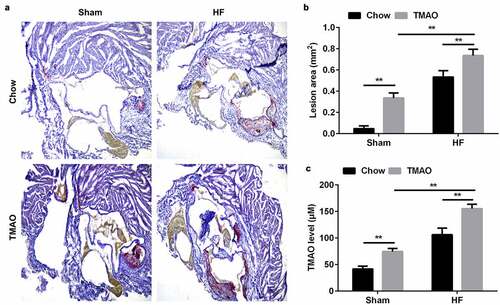
Figure 2. TMAO was increased in AS patients.

Figure 3. TMAO increases the level of NEAT1 in AS.

Figure 4. Knockdown of NEAT1 modulates the cell proliferation and apoptosis of HUVECs.
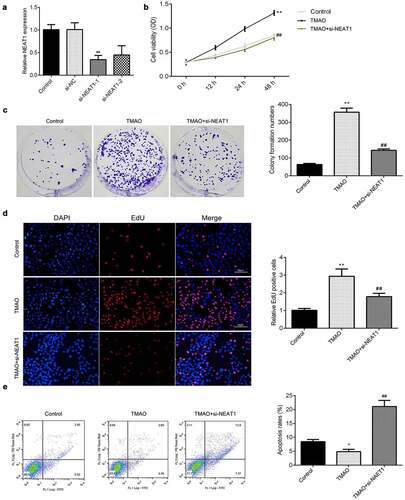
Figure 5. STAT3 modulates the progression of AS.
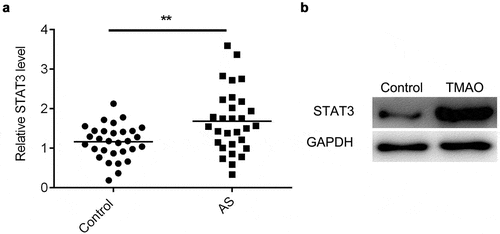
Figure 6. NEAT1 regulates the expression of STAT3 via sponging miR-370-3p.
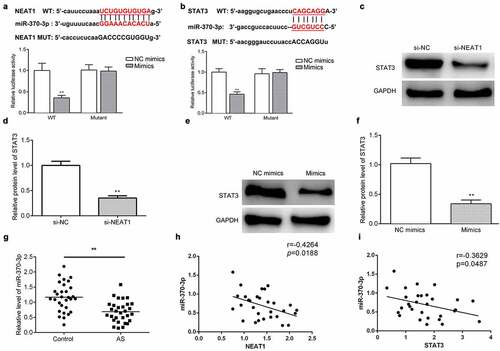
Figure 7. NEAT1 regulates the proliferation and apoptosis of HUVECs via sponging miR-370-3p.

Figure 8. NEAT1 regulates the progression of AS via regulating STAT3.
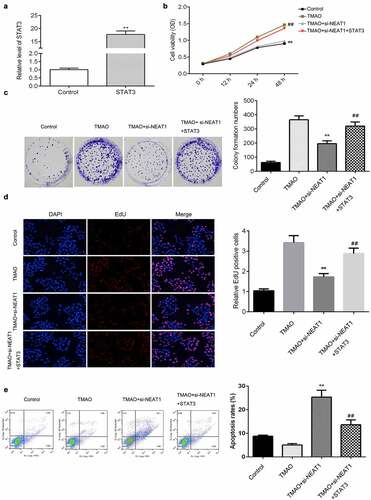
Figure 9. FMO3 is a potential target of STAT3 pathways.

